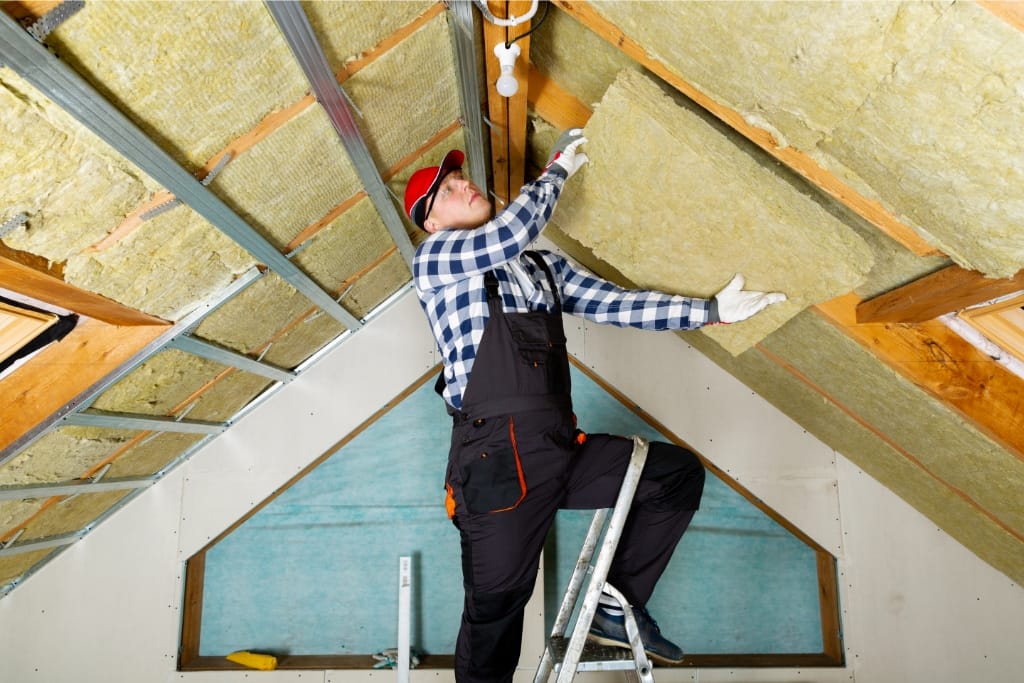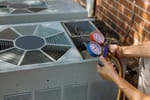When it comes to home insulation, proper installation is key.
A well-insulated home can improve comfort, reduce energy bills, and help protect the environment.
However, if your insulation is poorly installed, it can lead to a host of problems, including drafts, mold, and ice dams.
Luckily, ensuring proper installation is a straightforward process that can be done by anyone with the right tools and information.
Today, we'll break down the 7 steps to ensure proper installation of home insulation.
1)) Measure Your Space
Before purchasing insulation, you'll need to accurately measure the area you plan to insulate.
Walls, floors, and ceilings all require different insulation types and thicknesses, so it's important to consult an insulation calculator to get an accurate estimate.
2)) Choose The Right Insulation
Once you know how much insulation you need, it's time to choose the right type.
Different types of insulation materials have different R-values (insulation effectiveness), so you'll want to choose the one that's appropriate for your climate and space.
Options include fiberglass, cellulose, and spray foam.
3)) Prepare Your Space
Before installing your insulation, it's important to prepare your space.
This means cleaning out any debris from the area, sealing any air leaks, and putting up vapor barriers in areas where moisture is a problem.
4)) Cut Your Insulation
Once you've purchased and prepared your space, it's time to cut your insulation to the appropriate size.
Make sure you wear protective gear, like gloves and a mask, as insulation fibers can be harmful if ingested or inhaled.
5)) Install Your Insulation
Next, it's time to install your insulation.
This involves stuffing the insulation into the cavity and pushing it gently into place.
Make sure you don't overpack the insulation, as this can reduce its effectiveness.
6)) Seal Your Insulation
Once your insulation is in place, it's important to seal any gaps around the edges.
You can use expanding foam or caulk to fill in any holes where air could leak through.
7)) Finish Your Space
Finally, it's time to finish your insulation project by installing drywall or other wall coverings.
Make sure you leave an air gap between the insulation and the wall covering to prevent moisture buildup.
Conclusion
Proper insulation can have a big impact on your home's comfort and energy efficiency.
By following these 7 steps, you can ensure that your insulation is installed correctly and provides maximum effectiveness.
Remember to measure your space, choose the right insulation, prepare your space, cut and install your insulation, seal any gaps, and finish your space.
With a little bit of knowledge and some elbow grease, you can create a more comfortable and sustainable home.
Download Our Free E-book!








